Credence
DP Veteran
- Joined
- Sep 30, 2019
- Messages
- 14,000
- Reaction score
- 21,117
- Location
- Long Island NY
- Gender
- Female
- Political Leaning
- Independent
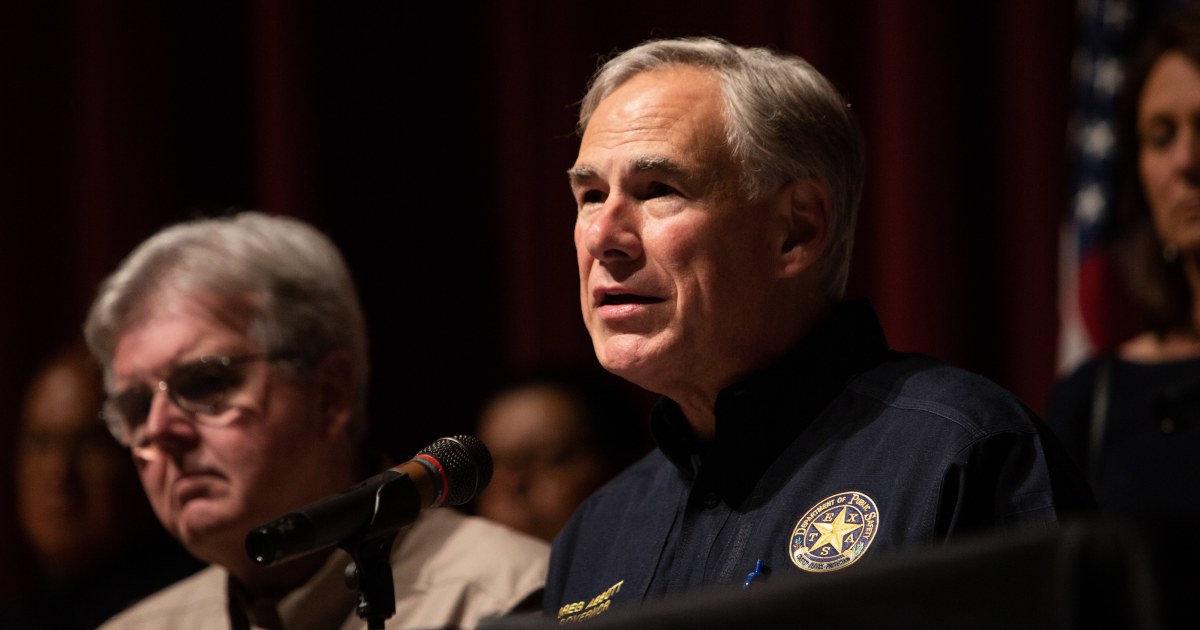
:watermark(cdn.texastribune.org/media/watermarks/2022.png,-0,30,0)/static.texastribune.org/media/files/2e695d4608e83e6af88af60101ccd7e2/Abbott_roundtable_BD_TT.jpg)
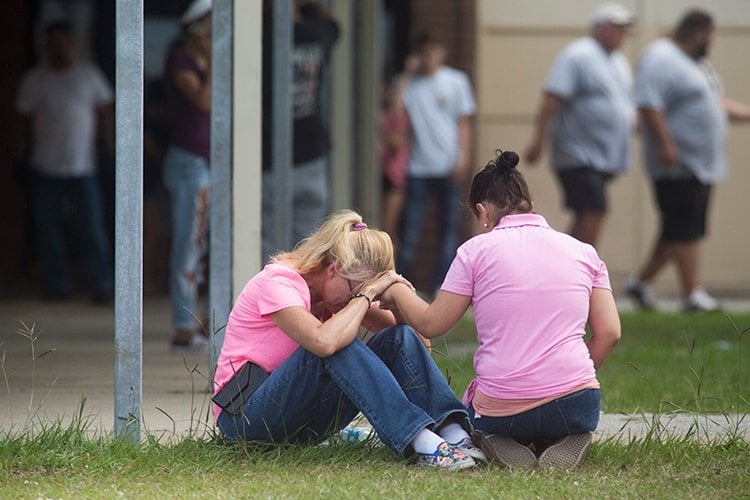




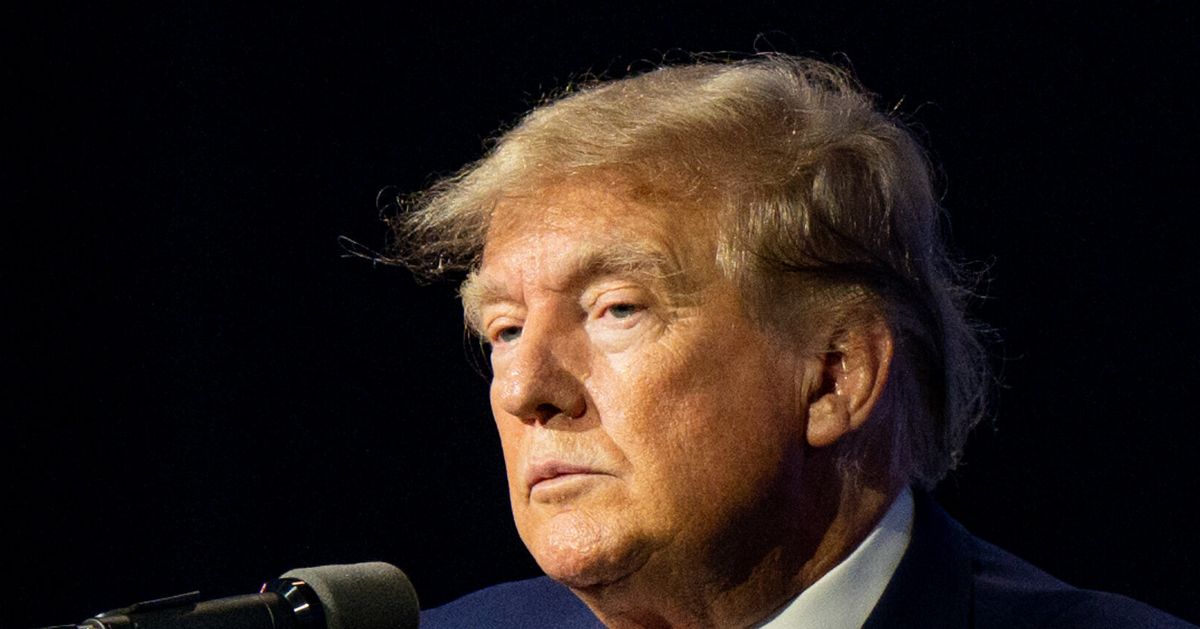
Sen. Chris Murphy Pleads With GOP To Compromise On Gun Control After Texas Shooting | “I’m here on this floor to beg, to literally get down on my hands and knees and beg my colleagues," an emotional Murphy said on the Senate floor.
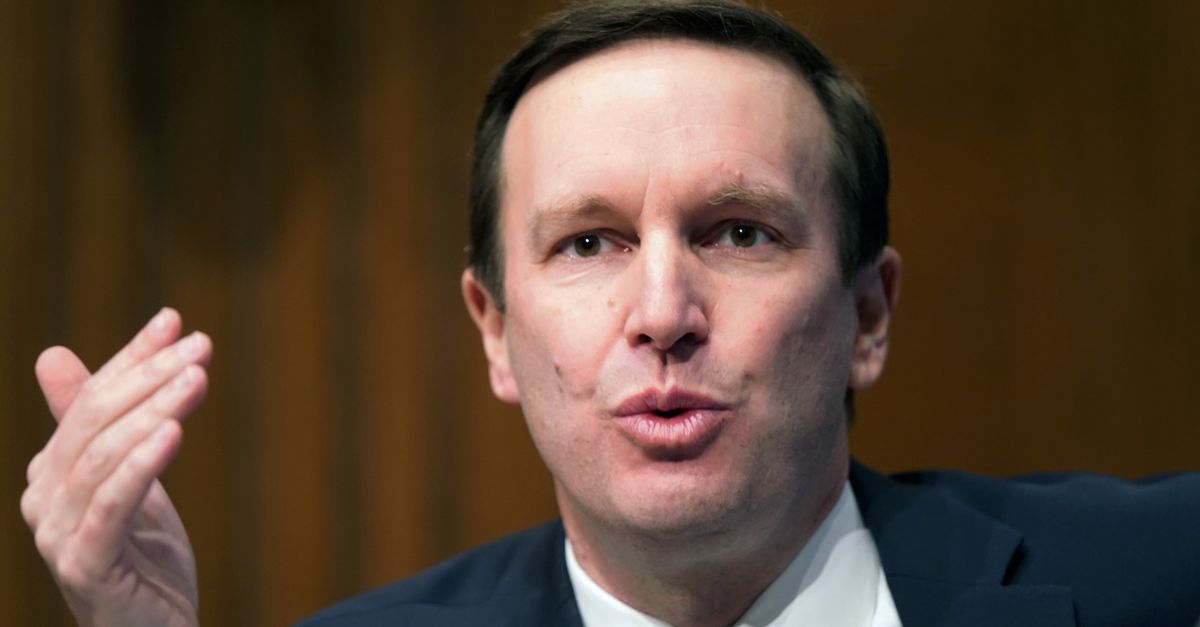
Sen. Chris Murphy Pleads With GOP To Compromise On Gun Control After Texas Shooting
“I’m here on this floor to beg, to literally get down on my hands and knees and beg my colleagues," an emotional Murphy said on the Senate floor.www.huffpost.com
I think American is a nice place (I have visited many times and will do so moving forward)Will this ever stop happening?
Nope? Just about every degreed grammarian would disagree with you and Judge Scalia. Maybe a refresher course is in order for you. My verbal SAT score ranked in the top 10th percentile in the nation by the way. How did you do?Nope.
No it's not stated in plain English( capitalize English btw) Is the phrase "We the People" singular or plural?It's stated, in crystal clear plain english right in the amendment. lol
Not really, the construct of due process and equal protection is collective rather than individual. And as a whole especially given the enormous effect that John Locke's political philosophy had on the Constitution's Framers, which traced the idea of collective rights through Locke's Second Treatise that viewed government as trustee and society as the settlor-beneficiary that forms and gives legitimacy to the government. I think the collective viewpoint dominated the Framer's train of thought.Which was individual. Every single right is an individual one. There is no such thing as "collective" rights. They are each and every one, individual.

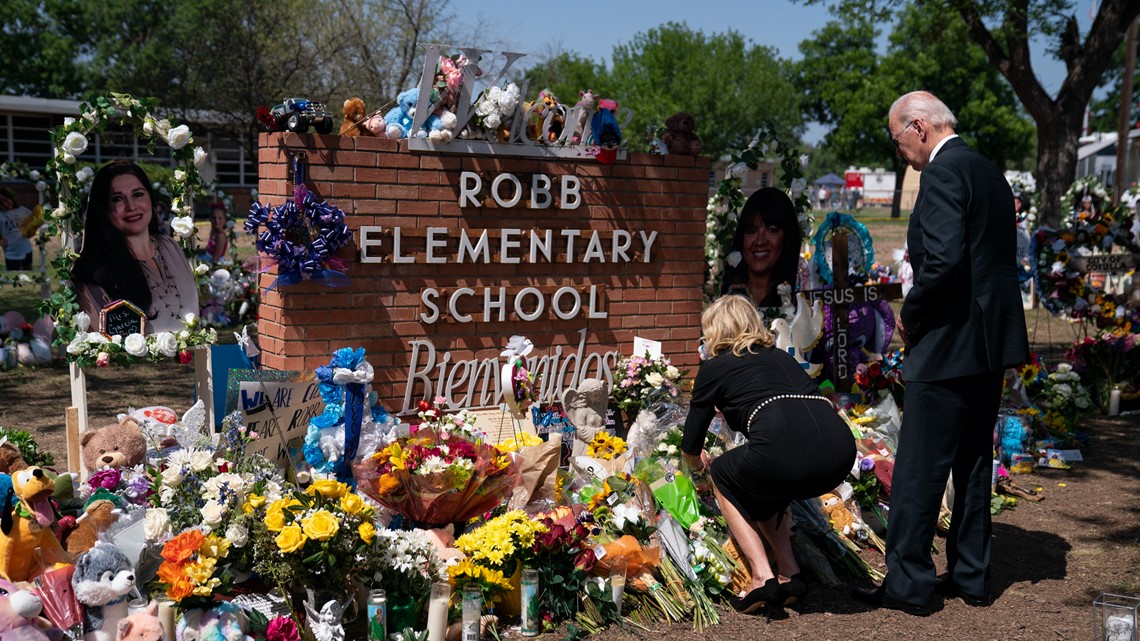
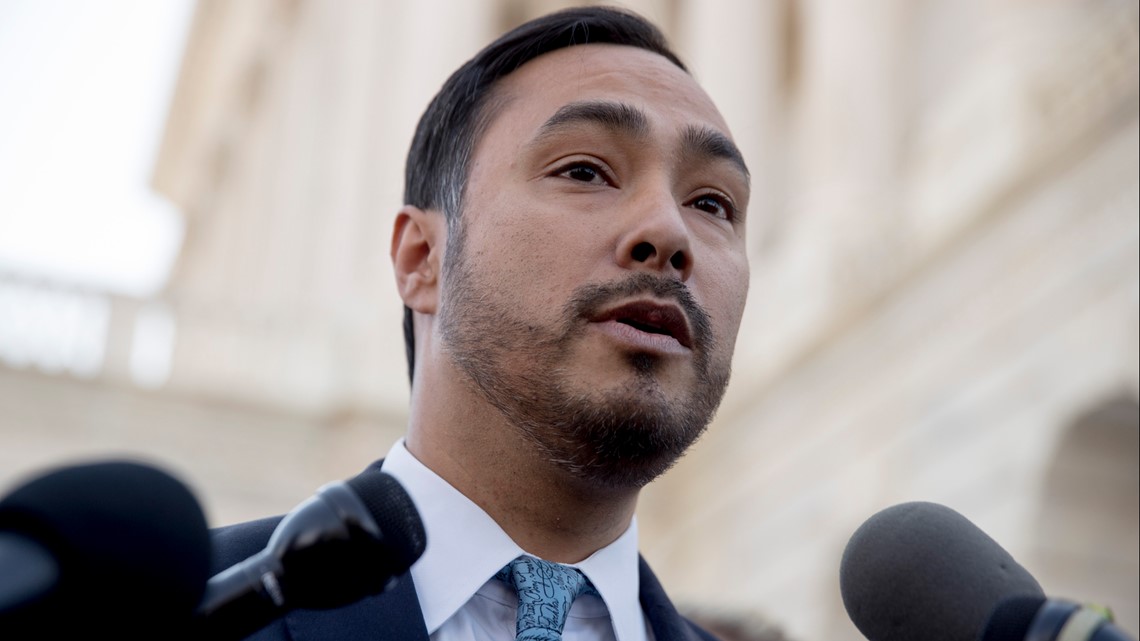
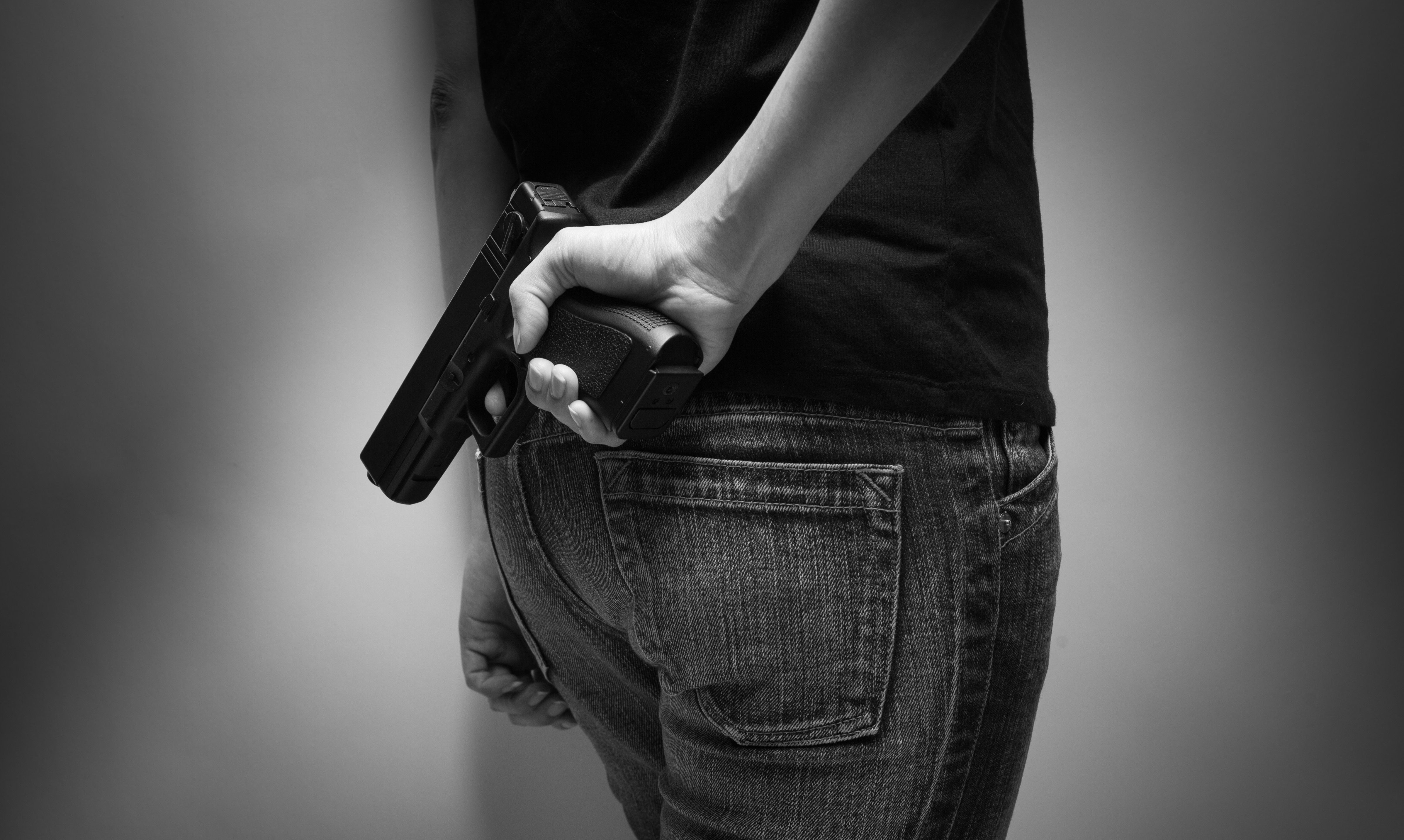

I think you're talking to yourself. Little kids got their faces blown off in elementary school and a bunch of people have already moved on.Gun Safety Policies Save Lives
Which states have the ideal laws to prevent gun violence?
We compared gun policy across the country, scoring every state on the strength of its gun laws and comparing it with its rate of gun violence. In states where elected officials have taken action to pass gun safety laws, fewer people die by gun violence. Choose a state to see how it stacks up on 50 key policies, or explore a policy to see how much of the country has adopted it.

Gun Safety Policies Save Lives
Compares gun policy across 50 states. In states where elected officials have taken action to pass gun laws, fewer people die by gun violence.everytownresearch.org
I think you're talking to yourself. Little kids got their faces blown off in elementary school and a bunch of people have already moved on.
You are using the death of children to troll the thread...
